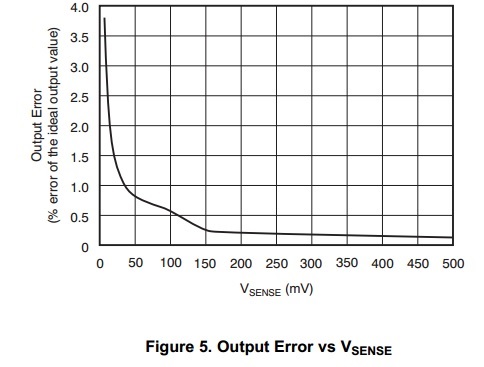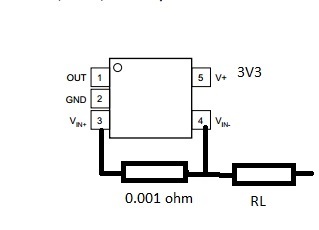Other Parts Discussed in Thread: INA197
: Hi.
I am using the INA195AIDBVR with a 0.001 shunt resistor to measure current and is powered with 3.3V. I apply 24V to the current resistor. The output I am measuring is 24V and since there is a gain of 100 this would indicate a voltage drop of 0.24V across Rsense. This would suggest a current of 240A which is deffinately not the case as is about 20mA.
Also from the datasheet the output voltage is:
Analog Output, Out(2) GND ? 0.3 (V+) + 0.3.
so should not go above 3.6V in this case.
Also when I increase the load which causes the current to jump from 20mA to 720mA there is no difference in the output voltage.
What output voltage should I be seeing and how can I correct this?
Thanks.




